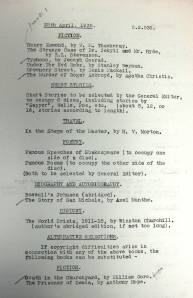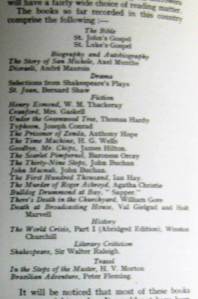I’ve started looking forward to audiobook raves from the New York Times. A paper long associated with high-brows has unapologetically embraced the low-brow format in recent years. Now it’s TM Luhrmann’s turn to talk about how much she enjoys listening to books while gardening. Luhrmann, a professor of Anthropology at Stanford, vividly describes how her memories of books have become entangled with the outside world. Ferns that she planted while listening to The Great Gatsby, for example, bring to mind that novel’s climactic smash-up.
Luhrmann adds a bit of history about the long transition from orality to print and a few nods to the Bible. But really this column is a gush about how much she enjoys audiobooks, whether or not the Greeks and Romans did too. And gush on, I say. It’s wonderful to see audiobooks celebrated by this newspaper after decades of neglect.
Here’s a link to the full article: “Audiobooks and the Return of Storytelling.”




